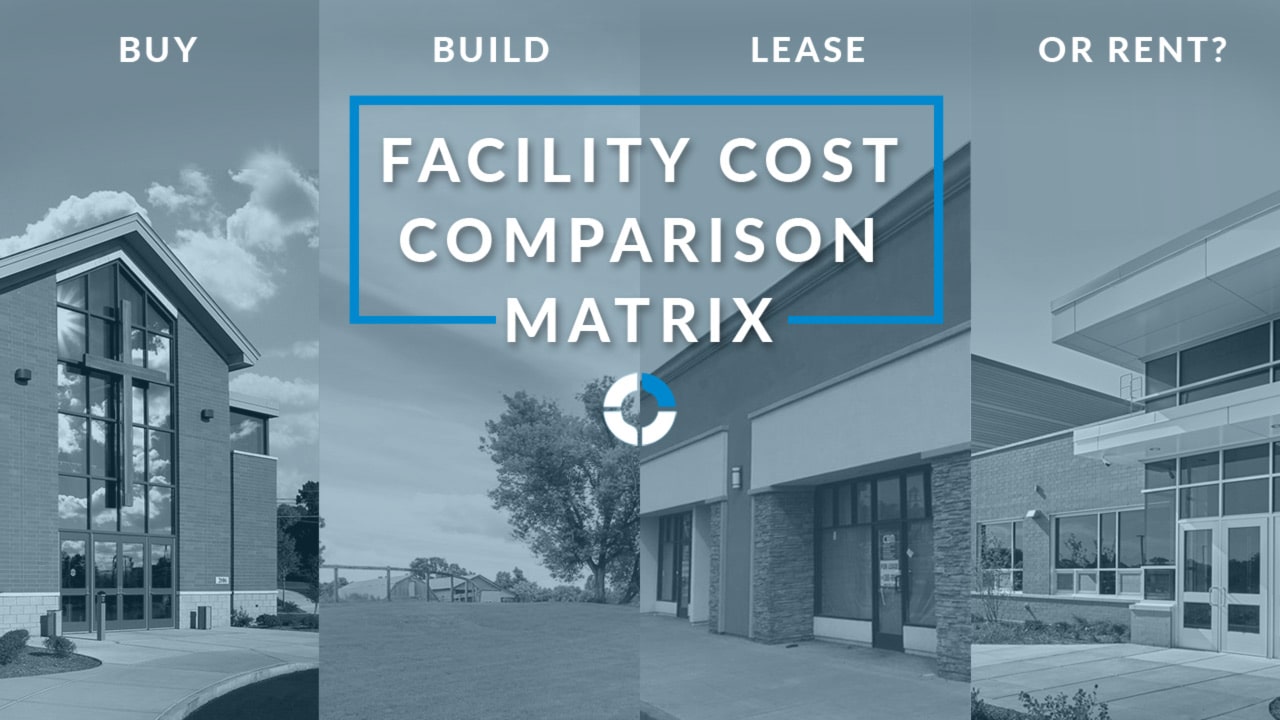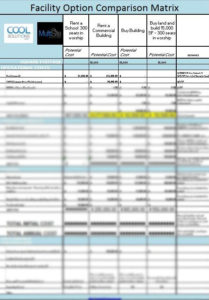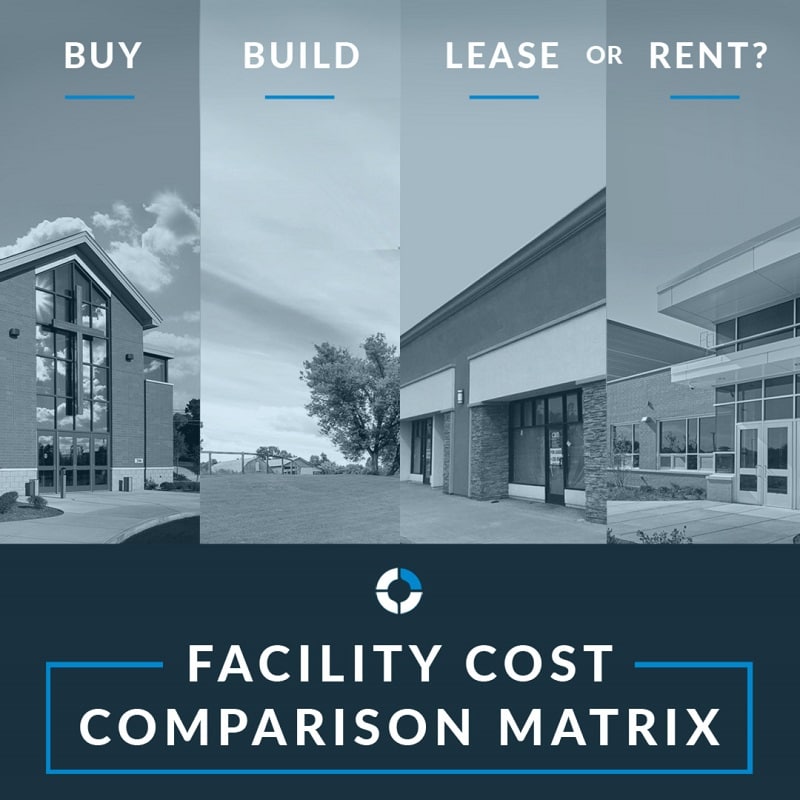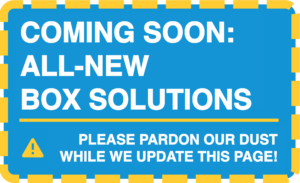
Guest blog post by Tim Cool.
To be or not to be…is no longer the question. For many churches, the burning question is what to do with facilities and do we even need to own a facility. This used to be a question that only church planters were asking. When you are first starting out, the common question is how do we “house” our church?
Do we rent a school?
Do we rent a theater?
Do we find a store front?
What about using another church on an off night?
Given a number of factors, these conversations are no longer limited to church planters but are being asked in a whole host of church settings including established churches looking to get out from under a deteriorating facility that they cannot afford, to churches needing to re-invent themselves. I have been involved in the planning, development and maintaining of church facilities and until recently, this topic was almost never discussed by churches that were more than 2-3 years old.
You may be saying “Duh, Tim…We knew that.” Or this may be foreign territory for you…so let’s take a little time to explore as well as provide a very practical tool for your own evaluation.
To get started, let’s look at some trends and realities:
- For most churches, the cost of owning a facility is the second or third largest expenditure in their budget…usually second to personnel but ahead of dollars actually spent on ministry.
- In most regions of the country, as of the writing of this post, we are seeing significant increases in construction costs.
- In many cities and towns, there are still a large amount of empty church buildings that were vacated as part of the aftermath of the Great Recession.
- The life cycle cost of owning a building during a typical 40-year period of time will be about 80% of the total cost of ownership…it takes a great deal to own a building.
- In addition, if you own a building, then you…your church…has been tasked to be a steward of the facility entrusted to you by God. That is no small responsibility. In fact, in order to keep up with the natural rate of physical deterioration and be prepared for the inevitable life cycle costs, you need to set aside $1-3.00/Square Foot EVERY YEAR. So if you have a 50,000 SF, you need to set aside $50,000 – $150,000 annually.
- Things change…if you do not believe this, please stop reading here. Here are some examples:
- Your church goes through a period of expansive growth or decline…how does your facility flex with those trends?
- Culture around us changes…do our facilities also morph?
- Demographics change…not just race and language, but also age and needs associated with those changes.
- Ministry means and methods change. Are any of you doing “church” exactly like you did 20 years ago? I am a firm believer that the Gospel NEVER changes…but our means and methods must change. How many of your churches use Gregorian Chant? That was mainstream at one time. Winston Churchill said “We shape our buildings, thereafter they shape us.” If you have a building that is more than 20 years old (maybe even less), that space may actually be telling you how to do ministry.
- There is an alarming number of aging church facilities across the country that have declining congregations and deteriorating facilities. Church mergers are on an increase…which I think is really smart. But what about the old buildings. Is buying an old church building right for your congregation? Consider THIS first.
- Church building are hard to sell. As a rule, if your church is not in a commercial setting or prime for re-development, it will likely take 2-3 years to sell and you are most likely going to only net about 50 cents on the dollar of the appraised value.
How do we address these issues? How do we set up our congregation for long term impact and engagement?
I am not going to advocate one option over another…but what I do want us to do is to consider the options. The first and only option should not be to buy land and build a building. The other deeply ingrained paradigm has been that once you own a building, that is it…that is where your church meets forever.
End of story.
Again, I am not saying that is wrong…but we need to stretch our thinking. Ask WHAT IF.
We have developed a tool to assist churches to vet out some of these options. This is not the end-all and 100% inclusive evaluation tool, but it is a tremendous resource to do some initial side-by-side comparison of the options.
If you click HERE you can download this tool.
Now, let me walk you through how to best utilizing the tool and some of the method to our madness:
First, we make the premise that there are 4 basic options (with a multitude of subsets):

- Rent a school
- Lease a commercial/retail building
- Buy a building
- Build a building
We then break costs down into 3 sections:
- Operational Costs
Sticks and Bricks- FFE/AVL (Furniture, fixtures, equipment and audio, video, lighting)
- Lease Agreement Considerations
There are some formulas built in to the spreadsheet such as:
- Cost of TI (Tenant Improvement) for the purchase of a building – we used $100/SF
- Cost of new construction – we used $200/SF
- Operational costs
- Capital reserve costs
Everything else need to be added based on information gathered in your local context.
Again, this is not the only evaluation tool you should use. The old adage in real estate is “Location, Location, Location.” That also needs to be factored into your comparison matrix. Is the location in the right part of the community? Will there be visibility and signage opportunities? Is it properly zoned? Is there ample parking, etc.
To round out this thought, you also need to give serious attention to any leased (not rented…there is difference…renting is usually short term and leasing is long term) facilities or purchased facilities you need to consider:
- If purchasing, is there deferred maintenance you are also inheriting?
- If you plan on more than 300 seats in worship, does the facility have a fire sprinkler system?
- Is the power adequate to support your AVL systems?
- How old is the HVAC system and is it adequate to cool an assembly occupancy?
- What is the condition of the roof?
- Are there enough restrooms?
OK…that probably has your head spinning….which is good. You MUST consider all of the above before you make a serious financial decision. Do not take this lightly. Do your due diligence. Consider all the options. Seek wise counsel. Pray continuously.
ONWARD!
Tim Cool

Download your copy of this evaluation tool:
Tim Cool is founder of Cool Solutions Group, and has assisted nearly 500 churches, (equating to over 4 Million Sq. Ft.) throughout the United States with their facility needs. He has collaborated with churches in the areas of facility needs analysis, design coordination, pre-construction and construction management as well as life cycle planning/facility management. Cool Solutions Group is also the developer of eSPACE Facility Management software products including Event Scheduler, Event Registration, Work Order Management, Life Cycle Calculator and HVAC integration.
Tim is also the author of three books, Why Church Buildings Matter: The Story of Your Space, Church Locality (co-authored with Jim Tomberlin) and Plan 4 It: The 4 Essential Master Plans For Every Church as well as a church Facility Management manual entitled “Intentional Church Series: Facility Stewardship”.
Tim lives in Charlotte, North Carolina with his wife of 34 years, Lisa, and supports his triplet college students.
Blog post originally shared in October 2018.































































